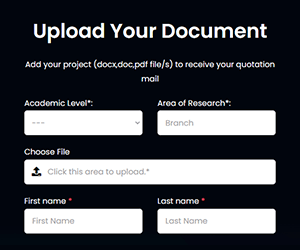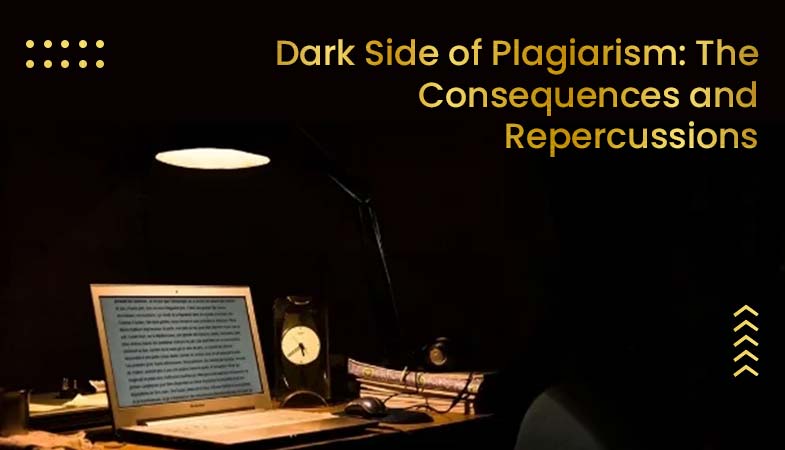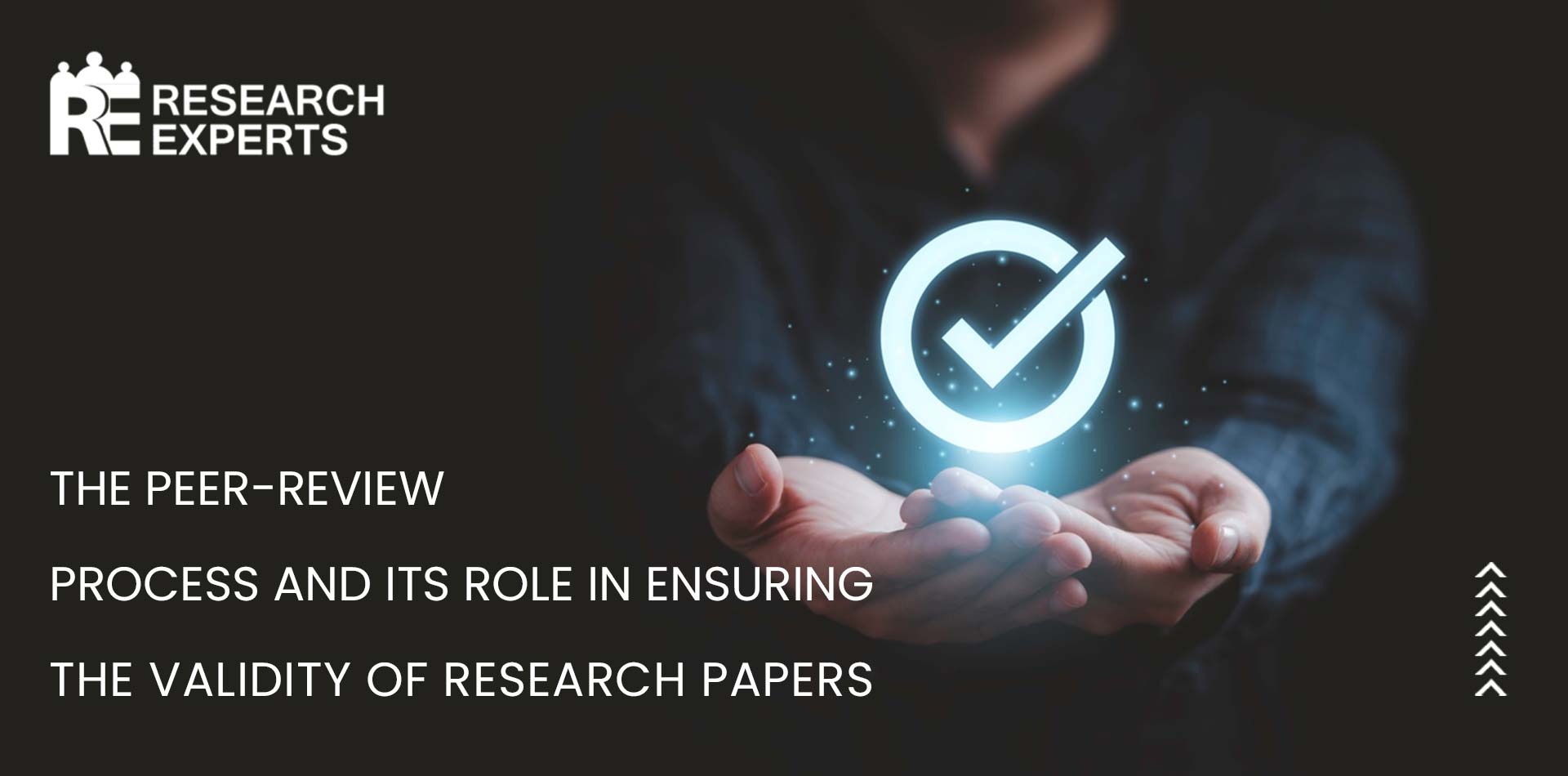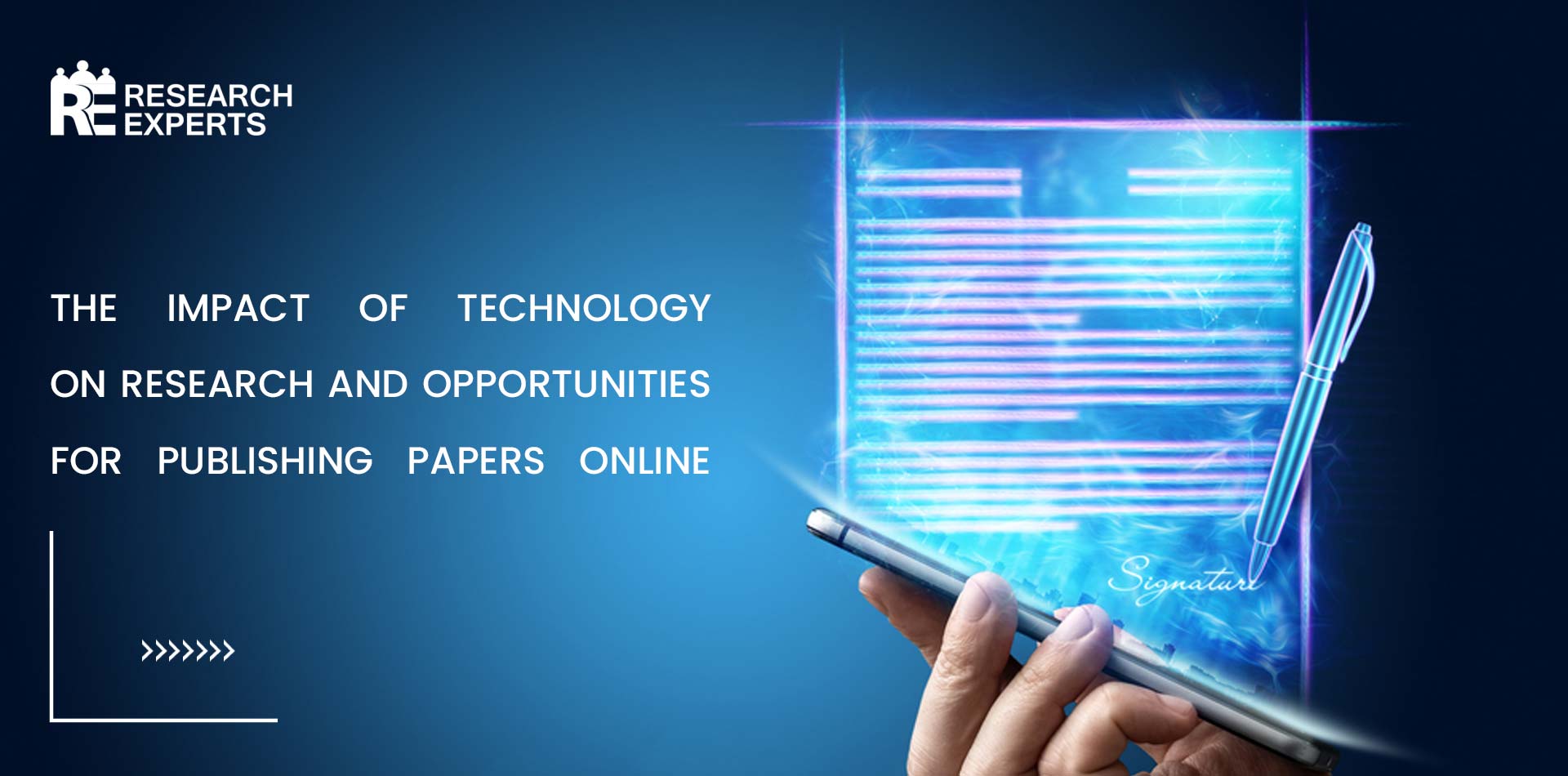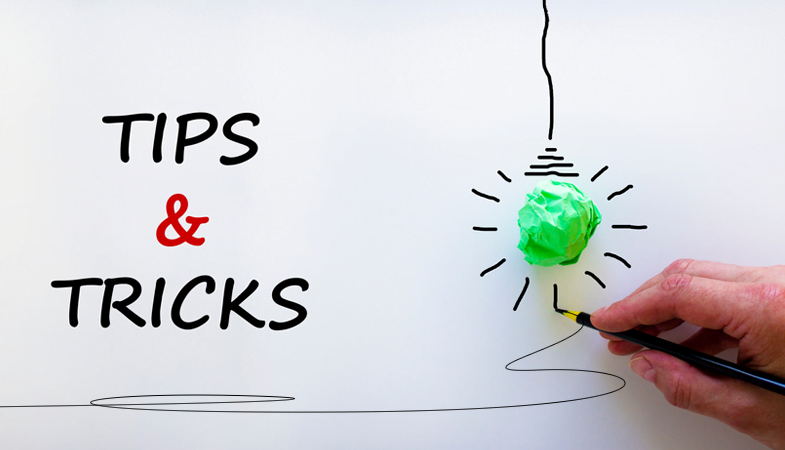
Writing a Literature Review: Tips and Tricks
Writing a Literature Review: Tips and Tricks – Writing a literature review is a crucial step in any research project. It allows researchers to gain an understanding of the current state of knowledge in a particular field and identify gaps that their own research can address. However, writing a literature review can be a challenging task, especially for those who are new to the process. The title of the article is Writing a Literature Review: Tips and Tricks. We will provide tips and tricks for writing a literature review that is thorough, well-organized, and relevant to the research question.
Tip 1: Determine the research question
When beginning to write a literature review, the first thing that needs to be done is to determine the research issue. This will serve as a guide for selecting relevant pieces of literature and will guarantee that the review is focused and effective. The research topic has to be very precise and should make it very obvious what the problem or issue is that will be addressed by the literature study. It is essential to have in mind the research question all the way through the process of doing the literature review. This will assist in making certain that the review remains on track and discusses the issue that was planned.
Tip 2: Identify related sources
After the research issue has been specified, the following stage is to locate sources that are pertinent to the investigation. This covers both primary and secondary materials, such as papers published in academic journals, books, proceedings from conferences, and theses. It is possible to find relevant sources using a number of methods, such as doing searches in internet databases, reviewing the reference lists of relevant papers, or having conversations with professionals on the subject. In order to get an in-depth knowledge of the subject matter, it is essential to draw information from a number of different sources.
Tip 3: Read and analyze the literature
After locating materials that are relevant to the topic at hand, the following stage is to read and analyze the relevant literature. This requires carefully reading each source and taking notes on the primary arguments, facts, and conclusions that are offered. It is essential to do a thorough analysis of the existing research, taking into account aspects such as the standard of the study, the approaches are taken, and the extent to which the findings are pertinent to the problem at hand. To avoid being accused of plagiarism, it is essential to maintain track of the sources used in one’s research and to correctly credit those sources.
Tip 4: Synthesize the literature
The following phase, which comes after reading and analyzing the relevant material, is to organize and synthesize the knowledge that was gathered. This entails organizing the sources into categories according to their overarching themes and producing a summary of the most important results. The synthesis has to draw attention to the most important points of similarity and difference across the sources, as well as any gaps or contradictions that exist in the existing research. To facilitate reading and comprehension of the review, its organization should make use of subheadings and bullet points.
Tip 5: Write a literature review
Creating the actual review is the last stage involved in the process of writing a literature review. A clear statement of the research topic, a summary of the most important results, and an evaluation of the relevant literature should all be included in the literature review. Additionally, the literature review should be arranged in a logical way. In addition to this, it should include an overview of the state of knowledge in the subject at the present time and point out any knowledge gaps that the researcher’s own study may fill. It is essential to avoid using jargon and instead communicate in a language that is straightforward and succinct if you want the evaluation to be understandable to a large number of people.
Tip 6: Edit and proofread
After writing the literature review, it is important to edit and proofread the document. This will help to ensure that the review is free of errors and that the language is clear and easy to understand. It is also a good idea to ask someone else to read the review and provide feedback, as a fresh pair of eyes can often spot errors or areas that need improvement.
Conclusion
In summing up, producing a comprehensive literature review is a vital stage in the process of doing any kind of study. Researchers may guarantee that the literature review they do is complete, well-organized, and relevant to their research topic if they follow the methods provided in this article and use them as a guide.

